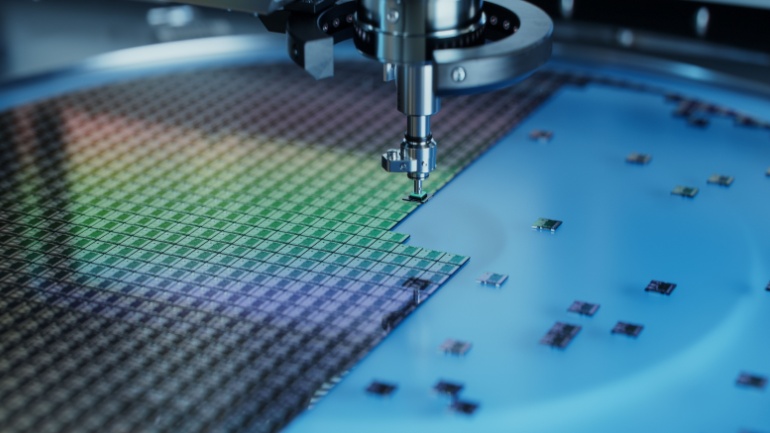The US government has unveiled plans this week to establish a new institute dedicated to advancing digital twin technology for the semiconductor industry. Through the CHIPS Manufacturing USA initiative, companies are invited to submit proposals to operate this institute, with the selected applicant set to receive up to $285 million in funding.
Digital twin technology involves creating virtual models of physical processes to optimize and refine them. It has gained traction across various sectors, including telecoms and construction. In semiconductors, digital twins are anticipated to enhance manufacturing, advanced packaging, assembly, and testing processes.
The cloud-based infrastructure of digital twins will facilitate collaborative design and integration of cutting-edge technologies like artificial intelligence (AI), boosting research and development (R&D) efficiency.
Secretary of Commerce Gina Raimondo emphasized the potential of digital twins to catalyze innovation in semiconductor R&D and manufacturing. Raimondo highlighted that the institute would not only position America as a leader in digital twin technology but also foster a skilled workforce to drive future advancements in chip production.
The funding initiative aligns with the CHIPS and Science Act, part of President Biden’s agenda to bolster the domestic semiconductor industry. The Act earmarks $52.7 billion in public funds for this purpose, primarily supporting companies establishing semiconductor manufacturing facilities within the US.
Notable beneficiaries of this initiative include Intel, which secured $8.5 billion earlier this year for commercial semiconductor projects, and Taiwan Semiconductor Manufacturing Company (TSMC), awarded $6.6 billion to construct a new semiconductor fab in Arizona.
The establishment of the new CHIPS Manufacturing USA institute underscores the government’s commitment to enhancing America’s semiconductor capabilities through innovative technologies like digital twins. This investment aims not only to boost competitiveness but also to cultivate a skilled workforce capable of driving semiconductor advancements well into the future.







